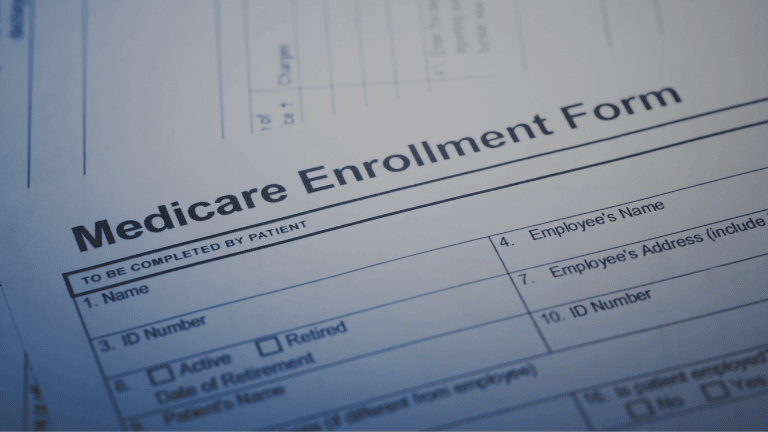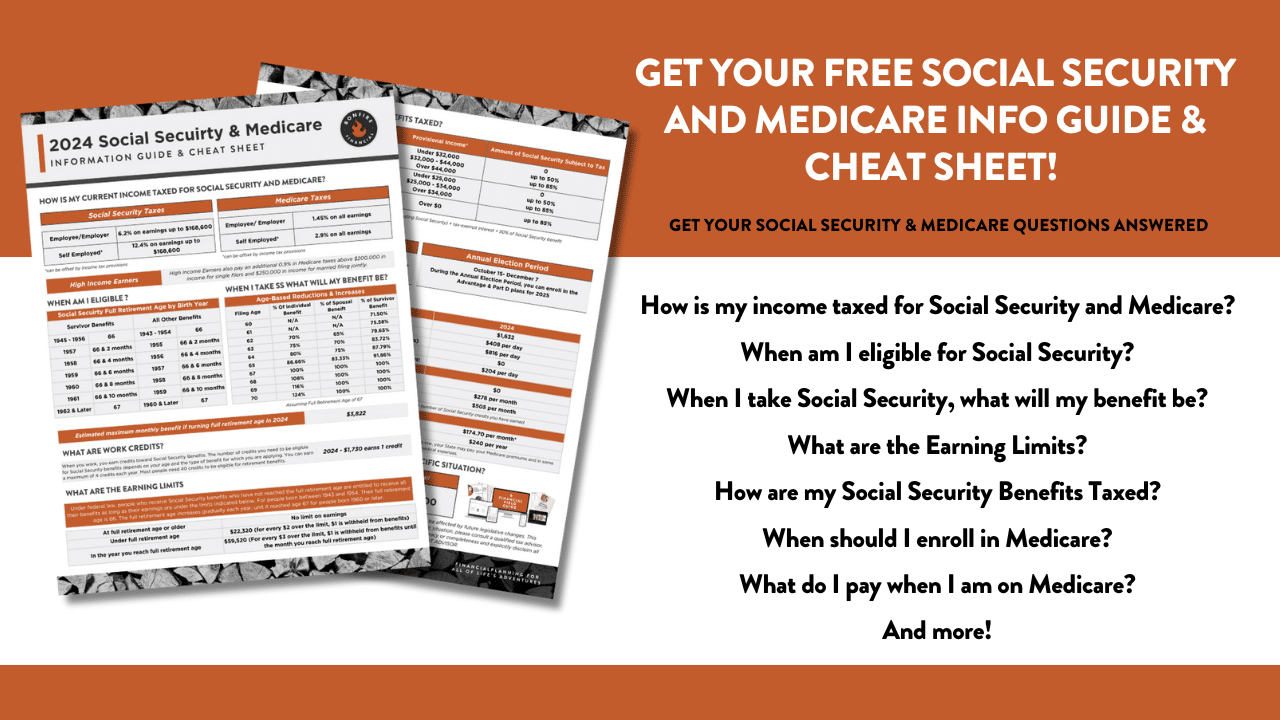Retirement planning can feel overwhelming for self-employed business owners, especially when juggling income, taxes, and growth. But here is the good news: being self-employed actually opens the door to powerful retirement strategies that traditional employees do not always have access to. With the right plan, you can reduce your tax bill today and build substantial wealth for the future.
Whether you are a consultant, contractor, freelancer, or small business owner, this guide will walk you through the top self-employed retirement planning options available. You will learn the benefits, contribution limits, and strategic uses of each so you can make informed choices that suit your goals. Let’s get started.
Listen Now: iTunes | Spotify | iHeartRadio | Amazon Music
Why Retirement Planning for the Self-Employed Is So Powerful
One of the biggest misconceptions among business owners is that retirement planning is just a tax strategy. In truth, it is both a tax advantage and a long-term wealth-building tool.
When you are self-employed, you are not limited to the same options as W-2 employees. You have more flexibility, higher contribution limits in some cases, and the potential to structure plans creatively. That means more money in your pocket now and in retirement.
Let us start by breaking this into two key goals:
-
Lower your taxable income today
-
Grow tax-advantaged wealth for tomorrow
With this lens in mind, let us explore the most effective tools available.
Traditional and Roth IRAs
The Basics
IRAs are available to just about everyone with earned income, including the self-employed. These are often the starting point for many business owners who are just beginning their retirement planning journey.
-
Traditional IRA: Contributions may be tax-deductible depending on your income and participation in other retirement plans.
-
Roth IRA: Contributions are not tax-deductible, but your money grows tax-free and qualified withdrawals in retirement are also tax-free.
Head to this page to get the most up-to-date annual contribution limits for each plan. Head over here to dig deeper into the difference between a Traditional IRA and a Roth IRA.
Why IRAs Work for Business Owners
While the contribution limits are relatively low, IRAs are easy to set up and require no ongoing employer maintenance. They are especially useful when used in combination with higher-limit plans like Solo 401(k)s or SEP IRAs.
SEP IRA: Simplified Employee Pension Plan
What It Is
The SEP IRA is a favorite among solopreneurs and business owners without employees. It allows you to contribute a percentage of your business income directly into your retirement account.
Key Benefits
-
Contributions are tax-deductible
-
Flexible contributions (you can vary or skip them from year to year)
-
Very easy to set up and maintain
Things to Watch Out For
If you have employees, SEP contributions must be made equally for them. For example, if you contribute 10 percent of your salary for yourself, you must contribute 10 percent for eligible employees too. This makes the SEP less ideal for growing teams.
Solo 401(k): A High-Powered Option
What It Is
A Solo 401(k), also known as an Individual 401(k), is available to business owners with no full-time employees (except for a spouse). It combines features of both a traditional 401(k) and a profit-sharing plan, making it a powerful vehicle for self-employed retirement planning.
Roth Option
One of the best parts of a Solo 401(k) is that it offers a Roth component. You can choose to contribute post-tax dollars, which then grow tax-free.
Advantages
-
Much higher contribution limits than IRAs
-
Option to go pre-tax or Roth
-
Ability to add profit-sharing
-
Loans are allowed from the plan
When to Use It
Solo 401(k)s are ideal for business owners who are trying to contribute the maximum possible each year and want flexibility in tax treatment. They do require more paperwork than IRAs, but the benefits are significant.
SIMPLE IRA: For Business Owners with Employees
What It Is
A SIMPLE IRA is designed for small businesses with fewer than 100 employees. It is easier to administer than a 401(k) and allows both the employer and employee to contribute.
Pros and Cons
This is a good solution if you want a low-cost retirement plan for you and your employees. However, it lacks the higher limits and Roth options of other plans.
Cash Balance Plans: Supercharging Late Starters
What It Is
Cash balance plans are defined benefit plans that allow large contributions well above those of 401(k)s or SEP IRAs. They are best suited for high-income earners looking to accelerate retirement savings.
Contribution Potential
Depending on your age and income, contributions can range from $100,000 to over $300,000 per year. This makes it one of the best options for late starters or those looking for a big tax deduction.
Ideal Candidates
-
Consultants
-
Attorneys
-
Solo medical professionals
-
Business owners earning $500,000+
Cash balance plans are complex and must be administered carefully, but they are unmatched when it comes to high-limit contributions.
Multi-Plan Strategy: Yes, You Can Combine
If you have multiple businesses or streams of income, you may be able to layer plans and contribute more overall. Here is how:
-
Max out your 401(k) as an employee in one business
-
Use a SEP or Solo 401(k) on your 1099 income from a different, unrelated business
The salary deferral limit applies once across all plans, but employer contributions (like profit-sharing) can be made separately as long as the businesses are unrelated.
This strategy is ideal for high earners who wear multiple hats and want to optimize every angle of self-employed retirement planning.
Self-Employed IRA Rules: What You Need to Know
When using any of these plans, it is crucial to understand and follow the IRS rules that govern self-employed IRAs. A few key rules include:
-
Contribution deadlines: IRAs and SEP IRAs can be funded up to the tax filing deadline (including extensions). Solo 401(k)s must be established by year-end.
-
Eligibility: Your business income must be earned and reported. Passive income (like rental income) typically does not qualify.
-
Catch-up contributions: Catch-up contributions are available for those 50 and older on most plans.
-
No employees: For Solo 401(k)s and cash balance plans to stay simple and beneficial, you should not have full-time employees.
Always work with a financial planner and/or tax professional to confirm that your contributions and setups follow current IRS regulations.
Supercharge Your Wealth: Tips for the Self-Employed
Ready to take your self-employed retirement planning to the next level? These tips are designed specifically for self-employed business owners who want to do more than just check a box. Whether you’re just getting started or looking to accelerate your savings, these strategies can help you make the most of your income, reduce taxes, and build lasting wealth.
-
Start now: The earlier you begin, the more compound growth works in your favor.
-
Work with a pro: Designing custom plans (like cash balance or multi-plan strategies) is worth doing right.
-
Reevaluate annually: Income changes? Business structure shifts? Your retirement plan should adjust too.
-
Think long term: Do not just aim to reduce taxes this year. Plan for distributions, Required Minimum Distributions, and tax brackets in retirement.
-
Consider layering: Use IRAs alongside SEP or Solo 401(k)s for maximum flexibility.
Final Thoughts
Self-employed retirement planning is not just about saving for the future. It is about taking control of your finances, minimizing taxes, and building serious wealth as a business owner. Whether you are earning $80,000 a year or $800,000, there are strategies you can implement now to change your financial future.
Next Steps
If you are unsure where to start or want help designing a custom retirement plan that fits your income and lifestyle, reach out to our team at Bonfire Financial. We specialize in helping business owners make the most of every dollar they earn. Schedule your call now.
 Client Login
Client Login











